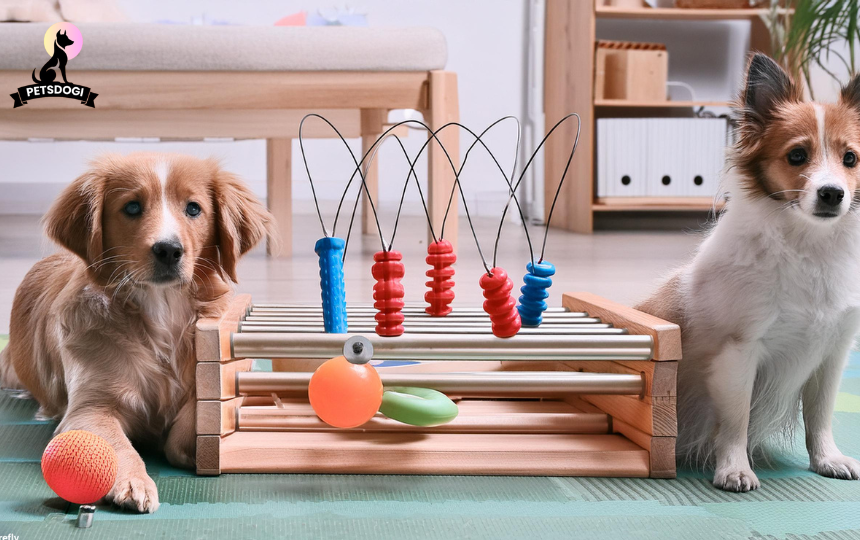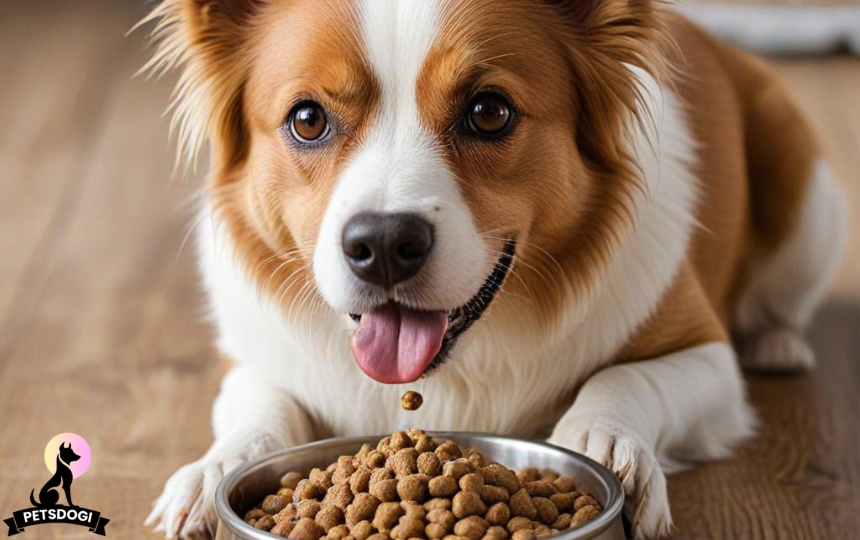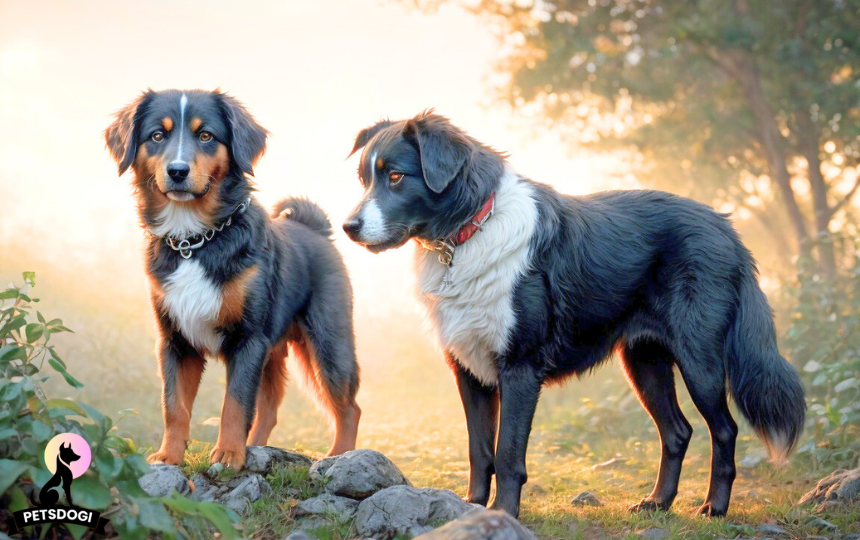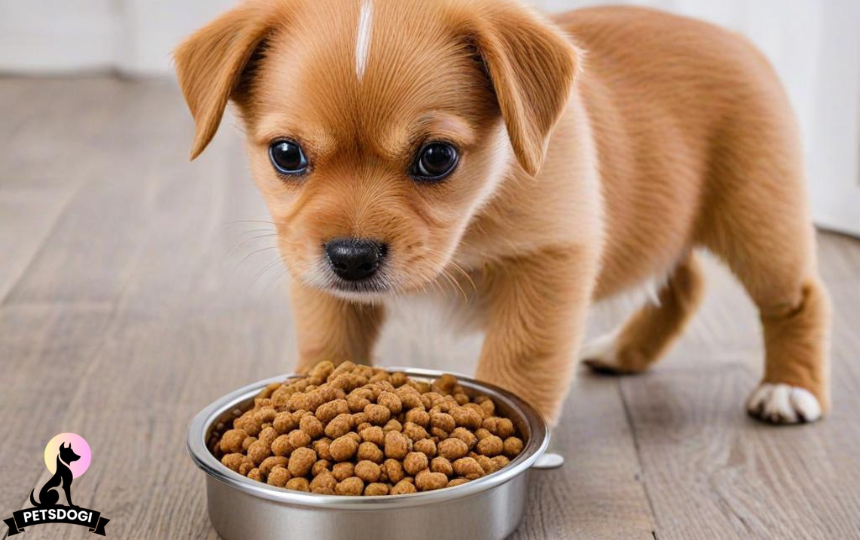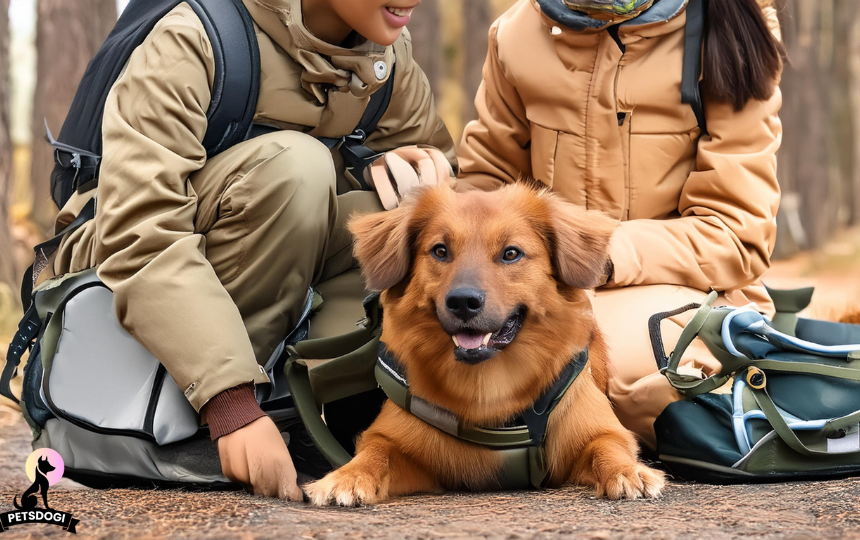Welcome to the world of Problem-Solving Exercises for Puppies, where learning turns into an enjoyable experience centered around comprehension and bonding. We share the secrets in this guide on dealing with behavioral issues, building a solid bond, and adding optimism to your puppy’s education. Discover the value of early intervention, crate training as a secure haven, and stimulating games that will amuse and challenge your dog’s problem-solving abilities. Come along with us as we set out to create a harmonious relationship between ourselves and our canine friend, all while transforming training into a joyful experience. Let’s explore the fascinating realm of dog training methods and problem-solving strategies, which offer delight and enrichment.
-
Early Intervention and Behavioral Analysis
-
Recognizing Problem Behaviors at an Early Stage:
Effective intervention requires the ability to identify behavioral disorders in their early stages. Be it excessive barking, destructive chewing, or anxiety-related symptoms, being aware of these cues early on enables you to deal with them head-on.
-
Analysis of Behavior: Recognizing and Dealing with Root Causes:
Look more closely at the underlying reasons of your puppy’s actions. Is it a craving for attention, dread, or boredom? Through the identification of underlying problems, behavioral analysis makes focused and efficient solutions possible.
-
Applying Behavior Analysis to Problem-Solving Techniques:
Integrate behavioral analysis with problem-solving activities. Engaging activities will help you watch your dog’s behaviors and reactions, which will give you important information about how to best adapt your training methods to meet their specific needs.
Developing a well-mannered dog companion requires early attention. You create the groundwork for a fruitful and successful training experience by identifying behavioral red flags and comprehending the underlying causes. In order to directly address these habits, the following sections will go into particular ways to problem-solving and training.
III. Techniques for Training in Problem-Solving
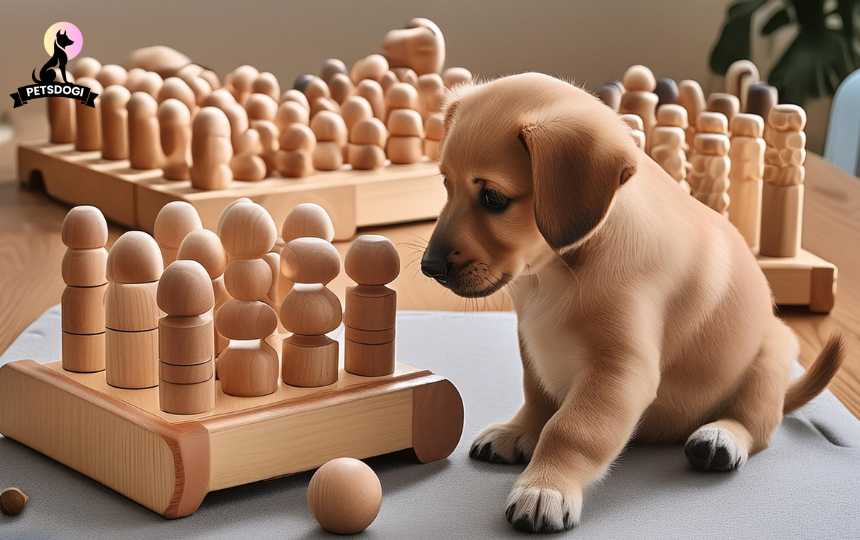
-
Adopting a Guided Method for Solving Problems:
Get started on your training adventure with a guided strategy. During problem-solving activities, give your puppy clear cues and instructions to help them comprehend expectations and reinforce good behavior.
-
Building rapport and trust: The cornerstones of problem-solving
The foundation of any healthy relationship is trust. Develop a close relationship with your puppy by including activities that foster trust in your training regimen. This basis improves openness to tasks involving problem-solving.
-
Dealing with Adverse Behaviors: From Biting to Barking:
Destructive behaviors must be addressed strategically. Discover useful methods for stopping biting, excessive barking, and other undesirable behaviors. Use your puppy’s energy in constructive ways to help him develop good manners.
-
Reorienting Behaviors Seeking Attention:
Puppies frequently display attention-seeking tendencies. Look for ways to refocus this energy in a constructive way. You can reduce attention-seeking behaviors by offering substitute activities and rewarding desired behavior.
-
Putting Into Practice Techniques to Stop Aggression:
A puppy that has received proper socialization and training is less likely to act aggressively. Discover useful techniques to stop aggressive behavior with appropriate socialization, positive reward, and limited exposure.
-
Training Methods: Promoting Positive Conduct:
Adopt positive reinforcement-focused training strategies. Encourage excellent behavior by quickly rewarding desired actions. This constructive method not only improves the educational process but also fortifies the relationship between you and your puppy.
Accepting these problem-solving training methods creates a conducive and collaborative learning atmosphere. A happy and well-mannered puppy can be achieved by addressing specific habits, fostering trust, and implementing guided ways. We’ll cover crate training, figuring out your dog’s personality, and other positive reinforcement techniques in the parts that follow.
-
Using Crate Training as a Shelter
-
Using Crate Training to Create a Safe Haven:
Your puppy will benefit greatly from crate training in developing a sense of security. Make the area cozy and welcoming before introducing the crate. This space is set aside to act as a safe haven, lowering tension and offering a place to hide during trying times.
Numerous advantages of crate training include:
- Giving your pet a safe place to unwind and rest.
Facilitating potty training by promoting bladder control.
- Presenting a fix for controlling harmful actions that occur unattended.
- Encouraging secure travel and lodging in diverse settings.
-
Pointers for Effective Crate Training:
- Positive Association: Use toys, rewards, and praise to help associate the crate with happy memories.
- Gradual Introduction: Let your puppy explore and come to associate the crate with comfort by introducing it gradually.
- Brief Incremental Sessions: As your puppy grows more acclimated, start with brief crate time and progressively extend it.
- Prevent Negative Associations: Make sure the crate is always a good environment by not using it as a means of punishment.
- Techniques for Training in Problem-Solving
- Treating Separation Anxiety: By offering a safe and comfortable setting, crate training helps reduce separation anxiety.
- Handling Destructive habits: When used constructively, the kennel may be a tool for controlling destructive habits and provide your puppy with a healthy way to release their energy.
Including crate training in your puppy’s routine creates a dependable and secure environment, which helps with behavioral stability. The comprehension of your dog’s individual nature will be discussed in the following section, which will help your training method work even better.
-
Discovering the Special Individuality of Your Dog:
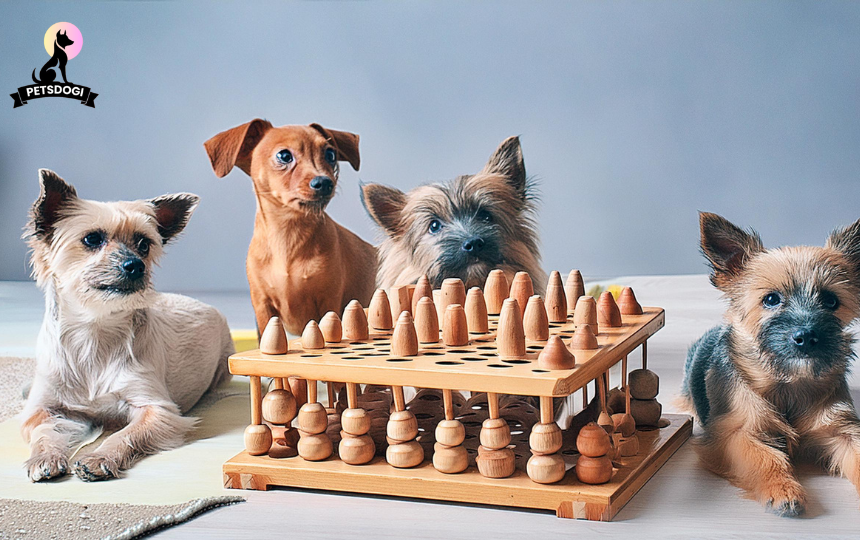
Every dog, like every human, has a unique personality. Comprehending and identifying the unique characteristics of your dog is crucial for customized instruction. Determine whether your dog is gregarious, timid, active, or relaxed; this information will inform the way you train them.
-
Adapting Instruction to Individual Characteristics:
- Exuberant Puppies: Include mentally and physically demanding activities in your regimen for hyperactive puppies, like agility drills or interactive games.
- Shy Puppies: Give shy puppies a serene and encouraging atmosphere. As you gradually expose children to different situations, you can be sure that they will associate training positively
-
Modifying Approaches to Problem-Solving:
- Personalizing Activities: Adapt problem-solving activities to your puppy’s character. Assist them with activities that suit their interests to make learning fun.
- Confidence-Building Exercises: Determine which areas your puppy can benefit from confidence-building activities. Positive reinforcement can help dogs overcome their fears and develop into confident, well-rounded canine friends.
Comprehending your dog’s character facilitates a closer bond between you and guarantees that training is both successful and pleasurable. We’ll look at how establishing a close relationship and accepting your responsibility as the owner make a big difference in how well problem-solving and training go in the parts that follow.
Conclusion
To sum up, successfully navigating the world of puppy problem-solving exercises requires a careful balancing act between patience, understanding, and deliberate training. You create the conditions for a fruitful training experience by identifying the early indicators of behavioral problems, exploring behavioral analysis, and implementing problem-solving strategies.
Crate training is a useful technique that helps with behavioral control and gives your dog a safe haven. Comprehending the distinct nature of your dog’s personality augments the efficacy of your methodology, permitting customized training techniques. You prepare the path for a well-mannered, content canine companion as you develop a close bond, earn their trust, and accept your responsibility as their owner. By means of a harmonious bond established via problem-solving and training, you and your puppy set off on a rewarding path toward a happy and joyful cohabitation.

